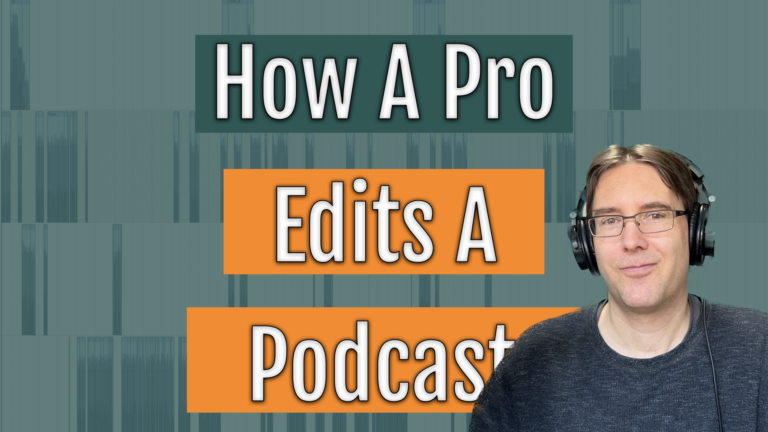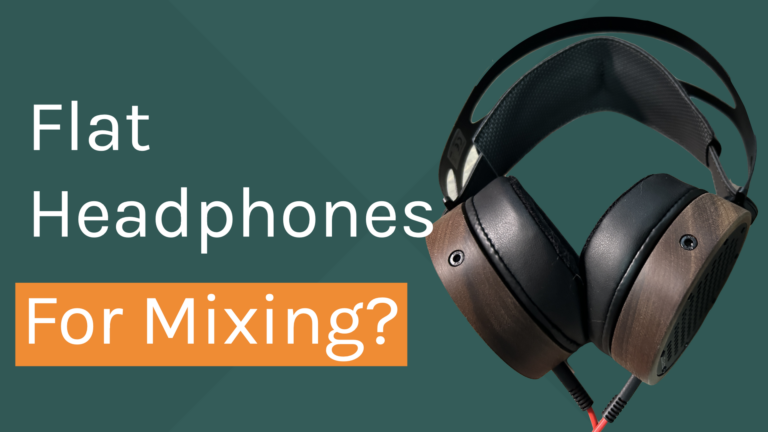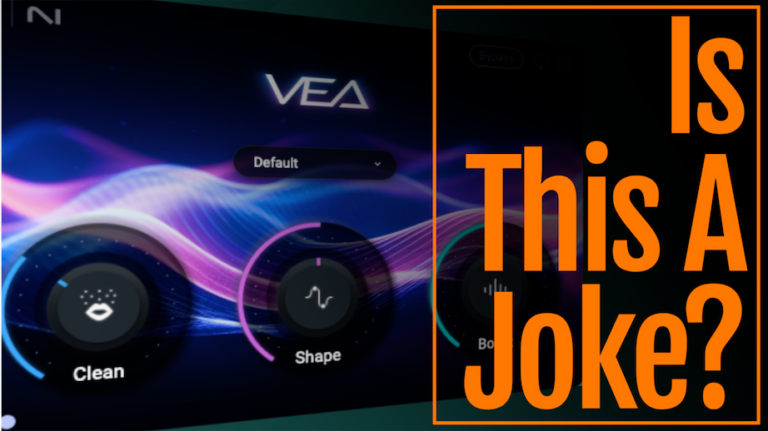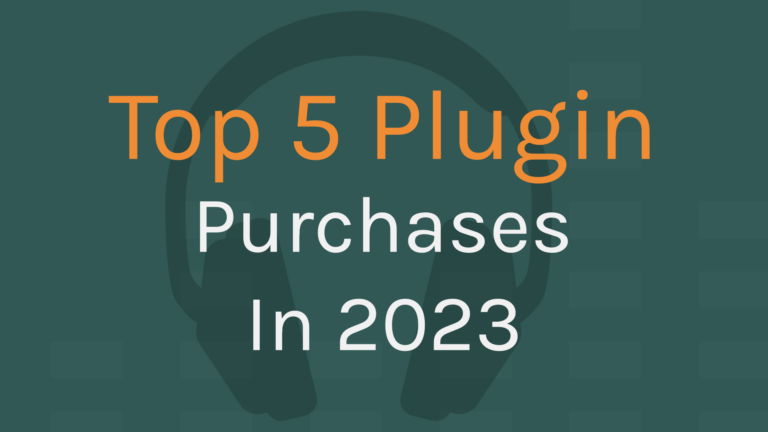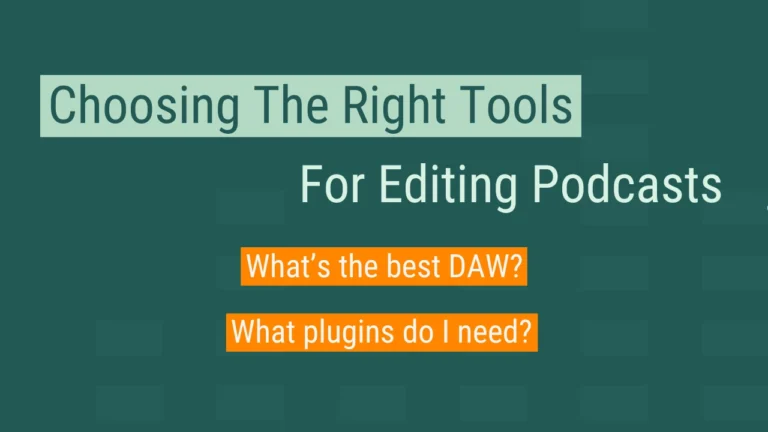Podcast Audio Production: Finding the Sweet Spot Between Dynamic Range and Loudness
Lately, I’ve been exploring the world of “top” podcasts, and what I’ve discovered is a surprising lack of consistency in audio production. From heavy compression to wild variations in loudness, it seems like everyone’s got their own approach. But is there a “right” way to do it? Let’s delve into the concepts of dynamic range, loudness, and how to strike that perfect balance that keeps your listeners hooked.
The Wild West of Podcast Audio
One thing’s for sure: podcast audio production is all over the map. While most shows start with decent recordings (barring the occasional guest with questionable mic technique), the similarities end there. From narrative shows to interviews, and everything in between, there’s a vast array of styles and production techniques.
What surprised me most was the heavy-handed use of compression and limiting in many of these shows. When I inquired about this in a Facebook group for editors, I received responses highlighting the struggle between overly compressed audio and the challenges of dynamic audio in noisy environments.
I understand the desire to control the dynamic range for listeners in noisy environments, and ensuring each voice is at a consistent volume is crucial. But does that mean we need to sacrifice the life and vibrancy of the audio?
The Listener is King (or Queen)
Ultimately, it’s the listener who decides if your content is worth their time. So, let’s consider what matters most to them:
- The audio is clean-ish
- It’s easy to listen to
- Each voice is at the same volume
- The audio isn’t so dynamic that quiet parts get lost in noisy environments
- The episode is at a similar loudness as other podcasts
Today, we’re going to focus on points 2, 4, and 5, as these are where I see the most confusion and differing approaches.
Loudness vs. Dynamic Range: Finding the Balance
Let’s look at a couple of examples to illustrate the difference. As you watch the accompanying video, you’ll hear the audio clips that demonstrate these concepts.
- Example 1: The Over-Compressed Podcast
This show sounds like it’s been run through a limiter and cranked up to eleven. It has that AM radio quality, and while the overall loudness is close to the -16 LUFS standard, the Loudness Range (LRA) is way too low. This means there’s very little variation in loudness, and the audio feels flat and lifeless.
- Example 2: The Natural-Sounding Podcast
This show has a more open and natural sound. The Loudness Range is within the ideal 3-6 LU range, and there’s still plenty of dynamic variation. This makes for a more engaging and less fatiguing listening experience.
How to Achieve a Balanced Mix
So, how do we get that sweet spot between dynamic range and loudness? Here’s a basic approach:
- Remove any clicks, pops, or background noise.
- Bring the overall level to around -23 LUFS.
- Apply compression to gently reduce the dynamic range to 3-6 LU.
- Limit or apply loudness normalization to bring the final loudness to -16 LUFS
Remember, it’s not about how loud you make it, it’s about how you make it loud. Use your ears, and don’t be afraid to experiment until you find what works best for your show.
Over-Compression: A Pet Peeve
I’ll admit it, I’m sensitive to over-compression. For me, it makes my ears feel like they’re closing up. It’s uncomfortable and fatiguing.
If you’re using heavy compression, I encourage you to experiment with a lighter touch. You might be surprised at how much better your audio sounds, and how much more enjoyable it is for your listeners.
Wrapping Up
I hope this article, along with the accompanying video, has shed some light on the importance of finding the right balance between dynamic range and loudness in your podcast audio production. Remember, the listener is king (or queen), so prioritize their experience.

